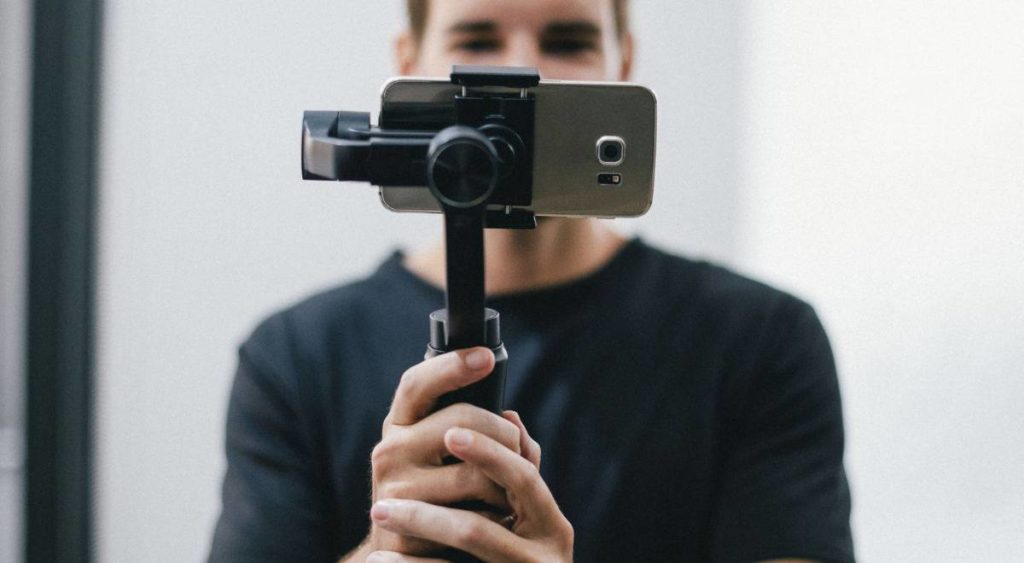If you’re working in television these days, in the middle of the COVID Age and Digital Content Epoch of TV, you know that TV show marketing strategies have been upended forever. The fight to reach audiences is on — like never before.
The pandemic has created industry-wide production upheavals on top of already dynamic shifts in viewers’ linear and digital content consumption behaviors. In between those content producers and viewers are you, the marketers, working to elevate programming brands and satisfy audiences in a still uncertain time.
But the TV marketing strategies put in place in the ‘old world’ just aren’t doing the job anymore. Audience behaviors have changed — permanently. And the budgets to produce and promote TV content have been adversely affected — and will be for a long time to come.
Through this turmoil, marketing teams at TV networks who are promoting both scripted and unscripted TV shows have a real opportunity to get ahead right now. By taking advantage of these changes and trends that will drive the industry forward, you’ll be a stand out in the short term, and set the pace for success in the years to come.
For TV shows, social media isn’t just another marketing channel. It’s now the preferred way that people can find exclusive content, engage directly with writers and talent, stay tuned in to behind-the-scenes excitement, and voice their opinions before, during and after each episode.
Social media has become even more critically tied to marketing efficiency and success. With long delays between new seasons, fans want to see their favorite shows and stars back on the air. They’ve turned to social media for connection, conversation and content discovery. And every TV marketer has what may be an as-yet untapped promotional asset on social media waiting to help out: a pool of talent that is both at the center of the creative process and at the forefront of audience interest.
These passionate evangelists are already helping forward-thinking TV marketers stretch shrunken advertising budgets, reach more elusive audiences, and build show enthusiasm. While everything else is changing in TV, advocacy marketing should be the lynchpin in every TV network’s marketing strategy.

Production Budgets Go Up While Ad Revenues and Marketing Budgets Go Gown
Content production has always been distinguished by large groups of people coming together to work for long hours, in close quarters, and in often dynamic environments. It was inevitable that the current global health crisis would force an early disruption in the process of bringing television content to air.
While many productions shut down last year, some never got started, and others still remain in limbo. For the producers already starting back up, they’re facing a stark new reality.
Production budgets have been rising as much as 30 percent to accommodate critical new health and safety protocols and insurance. These restraints, regulations and guidelines are changing everything from storylines, filming locations and scope of productions to work and filming schedules and decisions on episode numbers, show pickups and renewals. Some of these shifts may be long overdue, and some will likely be permanent.
At the same time, network revenues to fund productions plummeted in the last year with advertisers cutting budgets and with disrupted upfronts that normally secure future sponsor commitments. And a bottleneck of fresh programming to attract and retain viewers accelerated the ongoing audience and revenue migration away from traditional broadcast viewing options and cable subscriptions. More audiences, especially younger ones, have split and moved on to streaming services and other fresh, budget-friendly entertainment alternatives.
In such an environment, marketing budgets to support shows, networks and new services continue to get trimmed. And promotional efforts outside the network on-air universe are looking very different.
Marketers have found they need more efficient, innovative and influential ways to plug programming and reach consumers beyond expensive promo shoots and paid advertising. This marketing channel was already on a downward trend in terms of swaying audiences.
And, of course, when those budgets have been cut, they’ll be harder to reinstate in the future. And once those viewers have solidified new content habits, they’ll be harder to find again.

Pivot TV Show Marketing Strategies With Brand Advocates
Enter social media, which brings people together like no other medium to discuss and share their favorite television moments. Organic social media posts provide the cost-effective promotional content showcase that marketing teams are looking for today. Marketers could use some cost-free help in getting all that compelling content shared and seen.
Fortunately, television marketing teams have a built-in advertising alternative at the ready: a group of passionate, socially savvy brand advocates in the form of network talent.
Stars, personalities and creators have large, engaged social followings that marketing teams can leverage to message these audiences. These creative talents sit both above and below the line on a production: show casts, on-air commentators, producers, directors and crews from all departments — even network creative executives and superfans. They’re all already in an ideal position to expand brand awareness and build stronger bonds with viewers — which helps them build their own brands and followings in the process.
Creative advocates are becoming critical allies not only in sharing produced tune-in promos and episode clips and showcasing the new behind-the-scenes life on set to their fans. In this time of content production and platform turbulence, they’re also the central way marketers can keep audiences firmly engaged with network brands and key initiatives: by creating their own authentic and original short-form content.
The television marketing teams we work with at Greenfly already know this, and they’ve adjusted their strategies accordingly.
These marketers tapped into their influential series talent to carry on creating and sharing photos and videos during their production breaks. Their vital brand advocates promoted new series launches and anchor programming events from their homes around the world. Many recorded PSAs for network pro-social initiatives, such as those promoting public health messages. They filmed their personal perspectives on their shows to keep viewers engaged and show brands top of mind during their extended hiatus. One of our sports media customers with both linear and streaming channels distributed clips to on-air anchors from their home-recorded telecasts to entice fans to stay tuned in.
And as casts and crews have been getting back to set and new episodes have begun airing, TV marketers everywhere have been continuing these brand advocate activities to boost fan excitement. Their talent have been sharing stories of how on-set life has changed and their personal commentaries on how excited they are for fans to see their upcoming shows and scenes.
In a fast-changing year, television marketing teams have recognized they’re not limited by production cycles or budgets to set their strategies and reach out to audiences. They can work with network talent departments to encourage show talent and creative team participation on social and digital channels off cycle and year round.
Pandemic era changes have brought an opportunity to be more efficient and creative with existing resources, including the human resources outside of marketing that you may not have thought about before. Executives who pivot to include their talent as the centerpiece of their TV show marketing strategies will come out of this wild period even more connected to their most valuable audiences. They also will have cemented relationships with some of their most critical resources: their talent and creative teams.
To learn about more ways that marketers can tap talent and creatives to drive this new era of TV show marketing, download the full executive brief below:

Harness the Top Shifts in TV Show Marketing
Get all the insights on the key market forces impacting your work this year, with action plans and examples from leading brands. Learn how ambassadors and the co-creation of branded media are shaking up brand marketing for the better.


